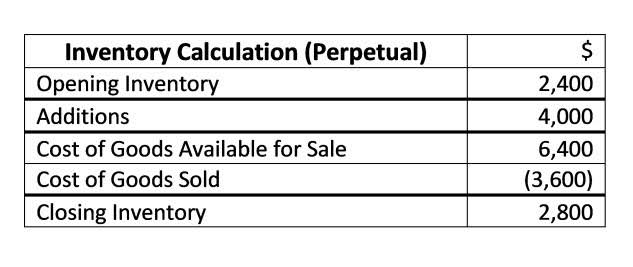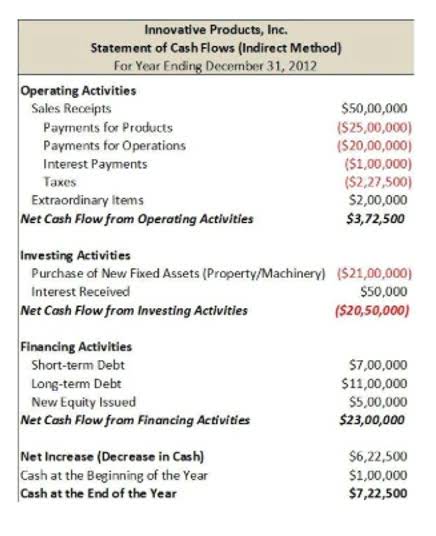
The bank then lends funds out at a much higher rate, profiting from the difference in interest rates. If interest rates rise, banks can charge a higher rate on their variable-rate loans and a higher rate on their new fixed-rate loans. If interest rates rise, banks tend to earn more interest income, but when rates fall, banks are at risk as interest income declines. These are the bills of exchange which the bank collects on behalf of its customers and credits the amount to their accounts. The seventh item is the acceptance and endorsement of bills of exchange by the bank on behalf of its customers. These are the claims on the bank which it has to meet when the bills mature.

How Do You Analyze a Bank’s Financial Statements?
Neither of these posts provides a comprehensive examination of the US banking sector, but we’re continuing to highlight a few key trends in light of recent developments. Financial statements for banks present a different analytical problem than manufacturing and service companies. As a result, analysis of a bank’s financial statements requires a distinct approach that recognizes a bank’s somewhat unique risks. Fundamentally, commercial banks are in the business of intermediation.

Have Fed Asset Purchases Reshaped Bank Balance Sheets? Part 1

Since then, as noted, securities as a percentage of assets have declined at large and small banks as interest rates have risen. Thus, there were realized or unrealized losses on commercial banks’ securities portfolios during the period of rising interest rates. According to the FDIC, total unrealized losses on securities that are available for sale and those held to maturity was about $620 billion at the end of 2022. The data collection is limited to domestic offices of commercial balance sheet of a commercial bank banks, offices located on U.S. military installations around the world, and foreign-related institutions in the U.S. International Banking Facilities (IBFs), as well as banks located in U.S. territories and possessions such as Puerto Rico and Guam, are considered foreign offices. The commercial bank universe covered by the H.8 release excludes thrifts such as state savings banks, federal saving banks, savings and loans associations, credit unions, and consumer finance companies.
- Series documentation may also be found in the Micro Data Reference Manual (MDRM).
- The risk is that the borrower may default and not be able to pay the loan back.
- Interest revenue captures the interest payments the bank receives on the loans it issues.
- Our next related blog post will look at recent trends in securities held on commercial bank balance sheets, and the related post after that will look at trends in loans and leases and deposits, which has garnered attention lately.
Nontransaction Deposits
- Neither of these posts provides a comprehensive examination of the US banking sector, but we’re continuing to highlight a few key trends in light of recent developments.
- The “Notes on the Data”section on page 14 of the H.8 Statistical Release contains informationon the affected balance sheet items.
- It can be looked at on its own and in conjunction with other statements like the income statement and cash flow statement to get a full picture of a company’s health.
- When creating a balance sheet, start with two sections to make sure everything is matching up correctly.
- The bank earns profit by discounting bills of exchange and treasury bills of 90 days duration.
- Former item 33a, securitized consumer loans consisting of”Credit cards and related plans,” and former item 33b, securitizedconsumer loans consisting of “Other” types of consumer loans, have beendiscontinued.
Amanda Bellucco-Chatham is an editor, writer, and fact-checker with years of experience researching personal finance topics. Specialties include general financial planning, career development, lending, retirement, tax preparation, and credit. H.8 release series are available for customizable download through the Federal Reserve Board’s Data Download Program (DDP) and through the Federal Reserve Bank of St. Louis’ FRED database.
- The financial statements of banks differ from most companies when analyzing revenue.
- In fact, the share of loans and leases in total assets has reached its lowest level since 1955, as discussed further below.
- When you’re starting a company, there are many important financial documents to know.
- Treasury and agency securities, mortgage-backed securities, will be added.
- Interest rate risk is the spread between interest paid on deposits and received on loans over time.
Assets and Liabilities of Commercial Banks in the United States (Weekly) (H.
Depending on the type of business, the industry, and the economic environment, risks will be different for each company. For a bank, two of the most important risks it has to deal with are interest rate risk and credit risk. Purchased securities refer to the securities banks acquire in their trading business. These securities are assets and expected to increase in value, if they decrease in value, https://www.bookstime.com/articles/general-ledger-account they may become trading liabilities. This is because the bank expects to receive interest and principal repayments for loans in the future and thus generate economic benefit from the loans. This allowance is a pool of capital specifically set aside to absorb estimated loan losses and should be adequate to absorb the estimated amount of probable losses in the institution’s loan portfolio.

As the FRED graph above shows, small and large commercial banks were adding to their holdings of government securities during a period of rising interest rates (and higher inflation). In essence, banks were adding securities that were paying more in interest, which increased their interest earnings. However, the trade-off is that the market value of their bond portfolio was declining. This is not necessarily a problem if the bank intends to hold the security to maturity.
Data Download

- These securities are assets and expected to increase in value, if they decrease in value, they may become trading liabilities.
- Instead, several unique characteristics are included in a bank’s balance sheet and income statement that help investors decipher how banks make money.
- Our first FRED graph (above) plots loans and leases as a percentage of total assets for large and small commercial banks.
- The first item on the assets side is the cash in liquid form consisting of coins and currency notes lying in reserve with it and in its branches.
- Although a liability on a bank’s balance sheet, deposits are critical to the bank’s lending ability.
- By keeping a certain percentage of its time and demand deposits in cash the bank lends the remaining amount on interest.
